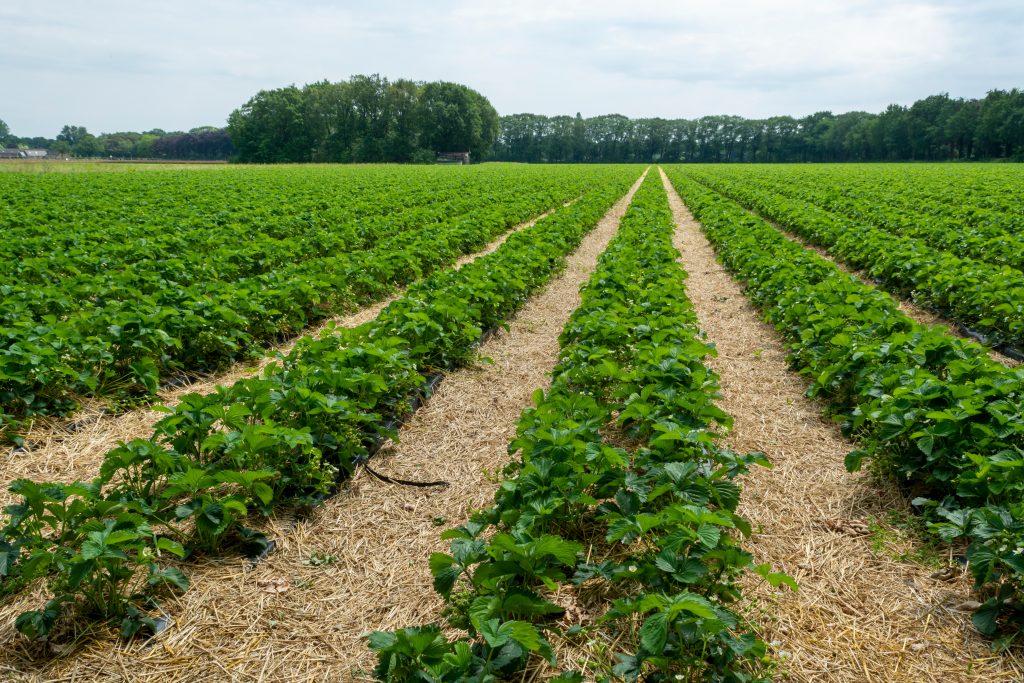By Clint Thompson
Steady rainfall this production season has increased disease pressure in Georgia strawberries. Diseases like anthracnose and phytophthora root rot have been common occurrences in strawberry fields this year, said Phil Brannen, University of Georgia (UGA) Cooperative Extension fruit disease specialist.

“There have been several things in strawberries that have been problematic this year, and diseases have been among those. We’ve had a good bit of rainfall. We’ve had enough that with the temperatures we’ve had, it’s certainly been sufficient for anthracnose to get started,” Brannen said. “We’ve had anthracnose, some botrytis as well but not much of that as anthracnose. It’s been out of control periodically.
“There’s been lots of phytophthora root rot. It seems like almost everybody has some phytophthora root rot this year. Some of that could be related to coming in with plants. Some of it could be related to the fact that some of the fungicides don’t work as well as they used to against that disease.”
According to the University of Florida Institute of Food and Agricultural Sciences, anthracnose fruit rot impacts mainly the fruit, but flowers, crowns, leaves, petioles and roots are also vulnerable to infection. Weekly applications of the broad-spectrum fungicide captan are recommended, with higher rates during the critical period of January to March.
Strawberry plants were also impacted by the Christmas freeze event that devastated crops in the Southeast. Small plants were planted late and stayed small as a result of sub-freezing temperatures.
“We’ve just had a multitude of things that have been against us relative to the strongest production that we could have had. Even with that, some people have had pretty good production,” Brannen said.
Growers can click here to find the most recent information from UGA specialists regarding strawberry production in Georgia.









